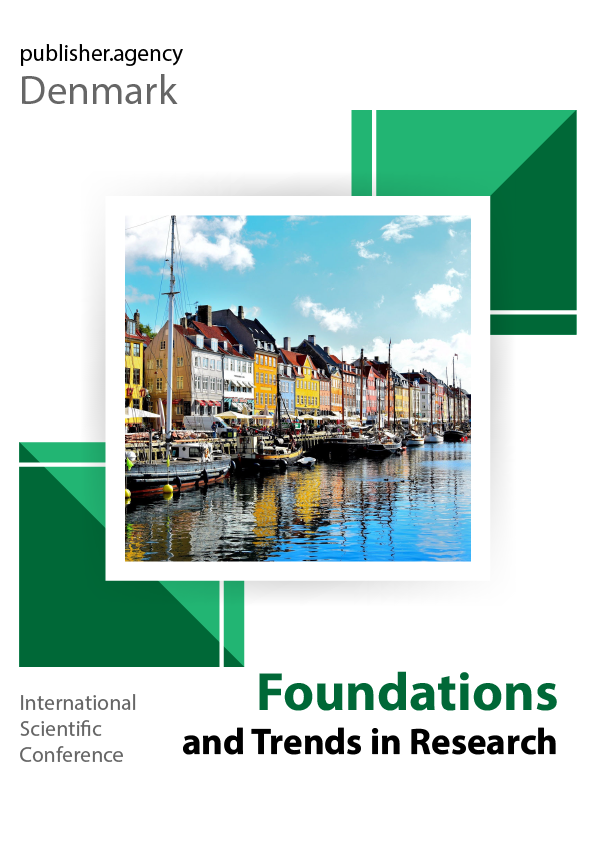APPLICATION OF DEEP LEARNING FOR THE ORGANOCHLORINE PESTICIDES IDENTIFICATION
Abstract
The identification of organochlorine molecules is a leading task in modern chemical analysis, as these compounds are widely used in many industries. Such industries include, for example, pharmaceuticals, pesticides for the agricultural industry, polymers, etc.
One of the most reliable and common methods for identifying organochlorine molecules is to analyze their mass spectra. Mass spectrometry provides unique information not only about the elemental composition of multi-atomic molecules but also opens up the possibility of determining their spatial structure. This is especially important for monitoring pesticide residues. Many of them have a certain number of isomers. These isomers are observed as separate peaks in chromatographic analysis and can be misinterpreted as different chemical compounds.
At the same time, the fundamental limitation of mass spectrometric analysis is that it can be automated only when identifying already known compounds. That is, the identification process involves comparing the mass spectrum under study with an array of reference mass spectra. If the reference mass spectra array does not contain a sample of the molecule under investigation, it is not possible to reliably determine the elemental composition and spatial structure of the target substance in the sample.
The paper proposes the use of machine learning methods, in particular machine classification, to automatically determine the type of unknown compound. This means training standard classifiers on a large number of pre-classified mass spectra. As a result of the training, the algorithms will be able to recognize the characteristic features of classes of organochlorine compounds by their mass spectra, which will allow for high accuracy in classifying unknown compounds in the samples under study.
Published
How to Cite
Issue
Section
License

This work is licensed under a Creative Commons Attribution-ShareAlike 4.0 International License.

